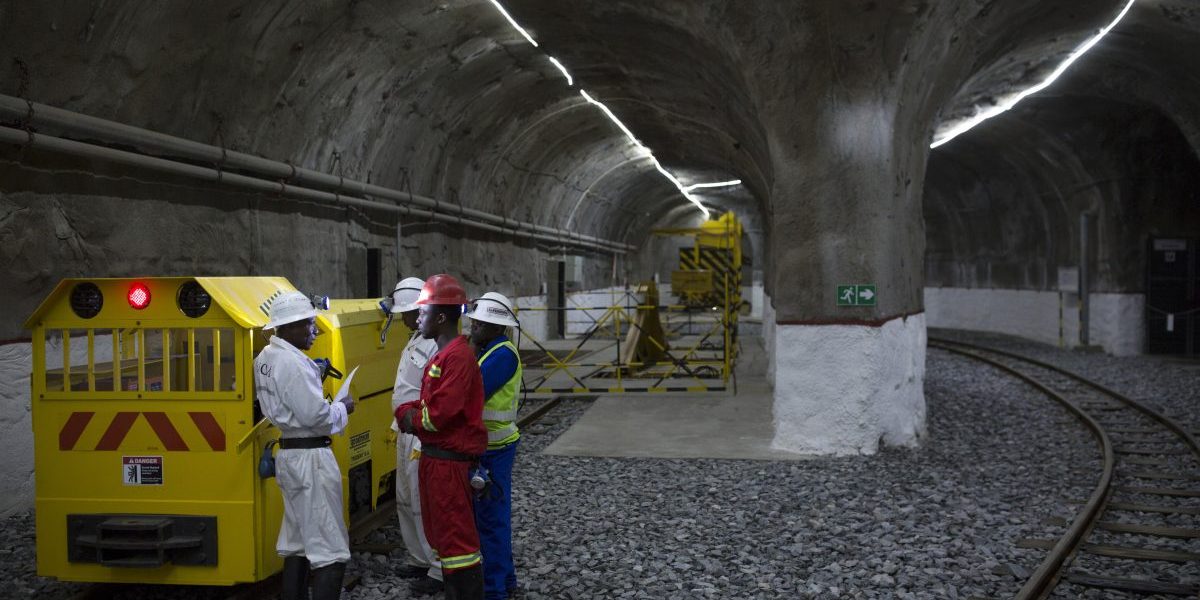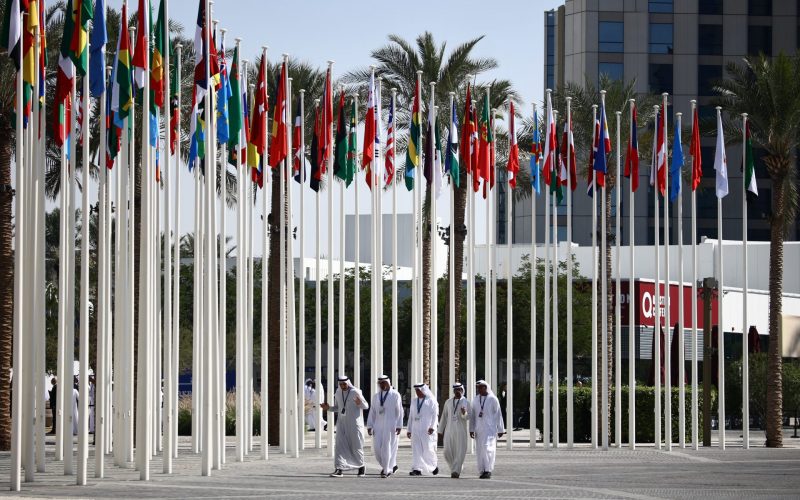Summary:
- Pressure on African governments to demonstrate positive economic benefits from mining activity continues to grow. One of the most important dimensions of this is the effort to increase backward linkages from mining activity to host economies – that is, the procurement of goods and services.
- Expanding backward linkages is a major focus of the African Mining Vision. With each new change to mining legislation on the continent, governments are increasingly intervening in this issue, with regulations encouraging, incentivising or outright requiring procurement of goods and services from domestic suppliers.
- Not every dollar spent on ‘local’ procurement is the same. While many mine sites state that as much as 90% of their total procurement spending goes to national suppliers, much of this spending goes to imported goods being resold by local suppliers, or services carried out by nationally registered offices of international firms.
- If the goal of local content policy is to create meaningful economic growth, employment and tax revenue, we need to look beyond the total spend figures provided by companies and break them down into meaningful categories that represent different levels of local participation and value addition.
- While local content laws requiring local procurement by mining companies multiply, current regulations are not necessarily encouraging the right kind of backward linkages. In order for governments to make the right kind of policy interventions and investments in infrastructure that supports suppliers, they need baseline data that shows a more sophisticated breakdown of the types of goods and services mine sites are buying, and where procurement dollars are going in terms of local participation.
- It is early days, but there is some promising movement towards governments’ asking for more information on mining company procurement, such as the Extractive Industries Transparency Initiative in Senegal collecting data on local procurement for the first time. There are also models from around the world that can be used to show how companies can break down their spending into more sophisticated categories.








